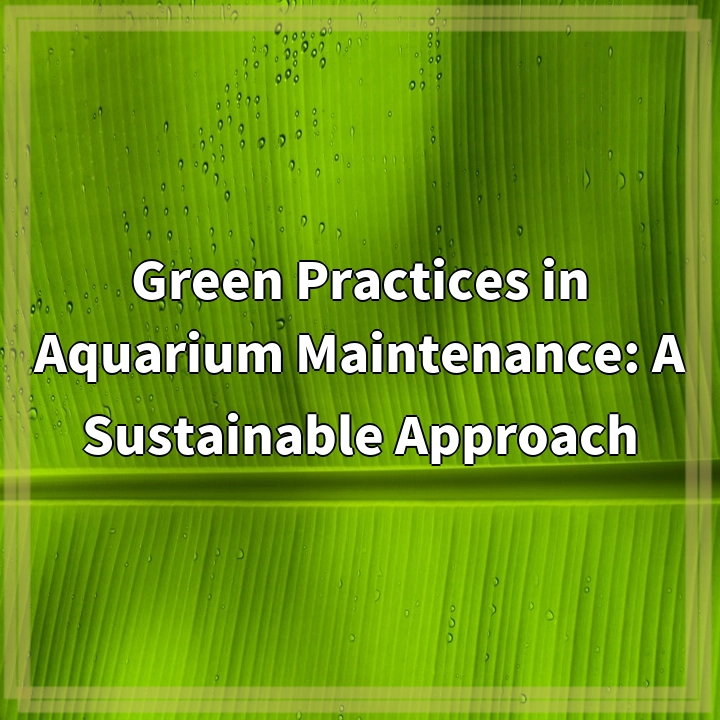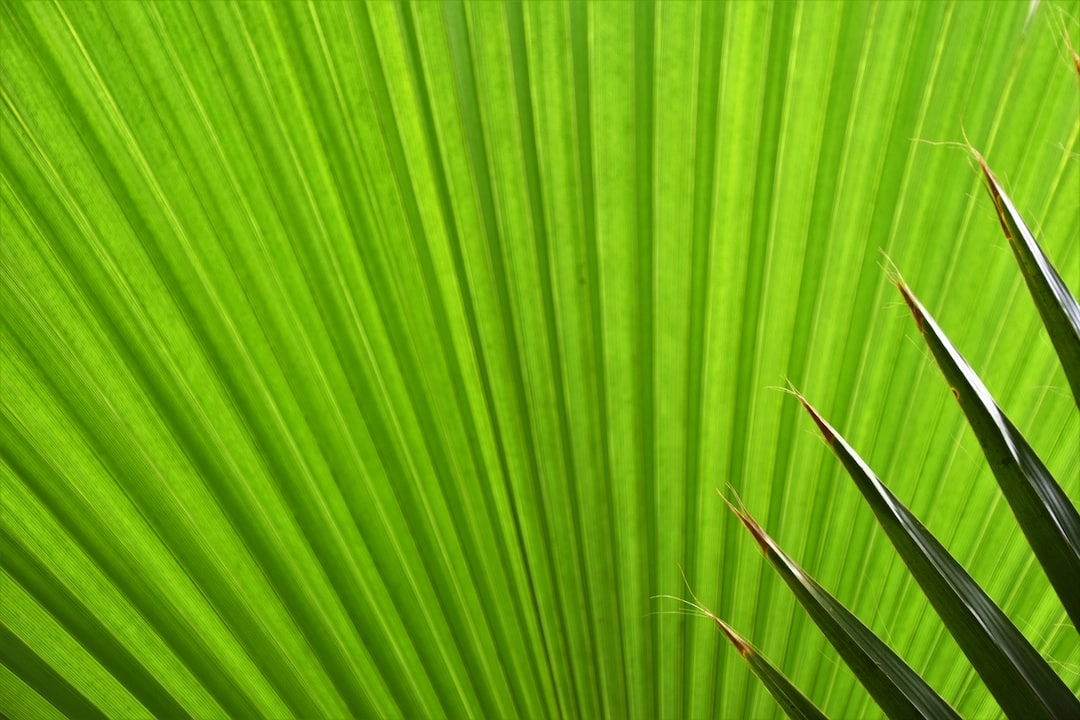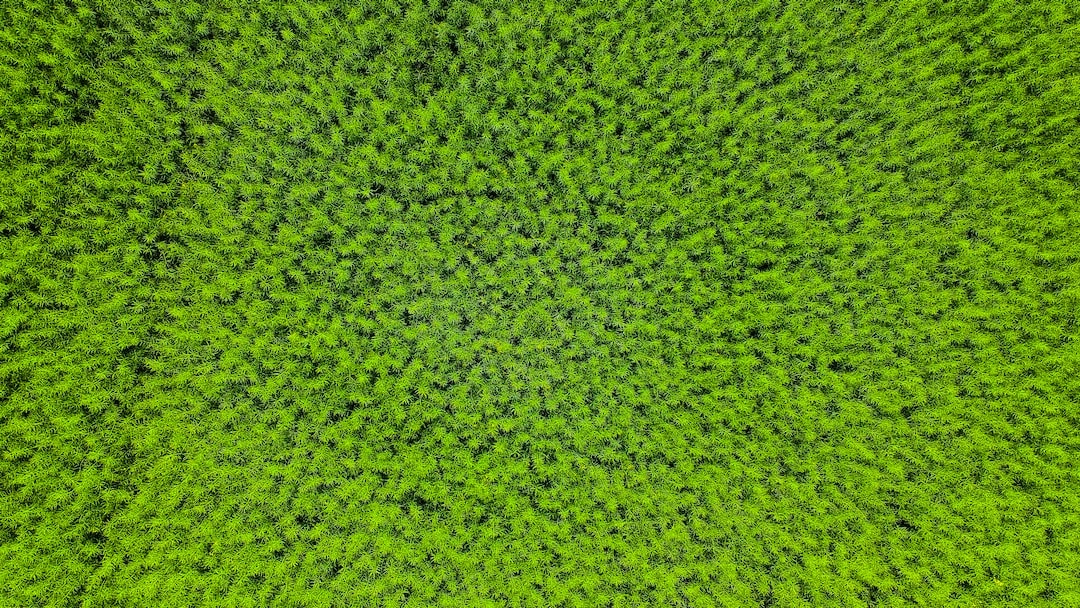
What it is:
In this blog post, we will explore the concept of “Green Practices in Aquarium Maintenance: A Sustainable Approach.” Green practices refer to environmentally friendly methods and behaviors that aim to minimize the negative impact of aquarium maintenance on the environment. These practices involve adopting sustainable measures throughout the entire process of managing and maintaining an aquarium, from setup to daily care.
Real-World Problems:
Despite their beauty and ability to educate and inspire people about marine life, aquariums can have detrimental effects on the environment if not managed sustainably. Here are some real-world problems associated with traditional aquarium maintenance practices:
1. Water Waste:
Traditional aquarium maintenance often involves frequent water changes, leading to a significant amount of water waste. This can strain local water resources and contribute to water scarcity.
2. Energy Consumption:
Many aquariums use energy-intensive equipment such as pumps, filters, and lights. This high energy consumption contributes to greenhouse gas emissions and climate change.
3. Chemical Usage:
Chemical additives are commonly used in aquarium maintenance to control water parameters, such as pH and nutrient levels. However, these chemicals can leach into the waterways, harming aquatic ecosystems and biodiversity.
4. Plastic Waste:
Traditional aquariums often rely on plastic decorations, synthetic plants, and disposable materials. These items contribute to plastic waste that can end up in the ocean, posing a threat to marine life.
5. Unsustainable Livestock Harvesting:
Sourcing fish and other marine creatures for aquariums can involve unsustainable practices, such as destructive fishing methods or harvesting endangered species. This further depletes already vulnerable ecosystems and threatens biodiversity.
By highlighting these real-world problems, we can shed light on the need for a more sustainable approach to aquarium maintenance. In the following sections of this blog post, we will delve into strategies and solutions that promote green practices in aquarium maintenance, helping to minimize environmental harm and promote a more responsible and sustainable hobby.

Solutions for Green Practices in Aquarium Maintenance: A Sustainable Approach
1. Water Conservation:
Implementing water-saving techniques such as reusing and recycling aquarium water can minimize water waste. Using rainwater collection systems or installing efficient filtration systems can also reduce the need for frequent water changes.
2. Energy-Efficient Equipment:
Investing in energy-efficient pumps, filters, and LED lighting can significantly reduce energy consumption in aquariums. These technologies not only lower greenhouse gas emissions but also result in long-term cost savings.
3. Natural Water Treatments:
Transitioning to natural alternatives for water treatment, such as live plants or biological filtration systems, can minimize reliance on chemical additives. These alternatives can help maintain stable water parameters while reducing the negative environmental impacts.
4. Sustainable Decorations:
Opting for natural decorations, such as driftwood and live rocks, can reduce the dependence on plastic and synthetic materials. Using sustainable and eco-friendly materials in aquarium setups and avoiding disposable items help minimize plastic waste.
5. Responsible Livestock Sourcing:
Supporting aquarium shops and suppliers that prioritize ethical and sustainable sourcing practices is essential. Choose captive-bred fish and corals, which help reduce the impact on wild populations. Avoid purchasing species listed as threatened or endangered.
By implementing these solutions and adopting a sustainable approach, aquarium enthusiasts can play a significant role in reducing the environmental impact of their hobby. Embracing green practices in aquarium maintenance can contribute to the conservation of water resources, energy reduction, and the protection of marine ecosystems.















